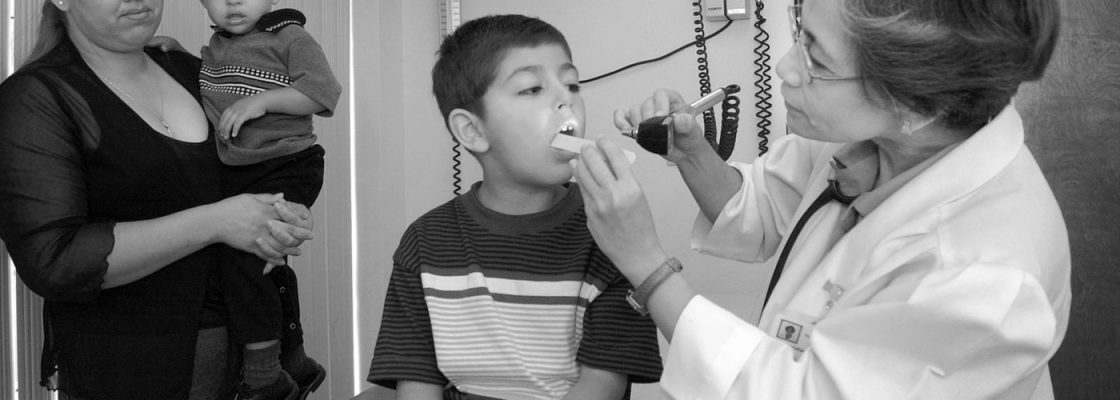What was the problem that needed to be addressed?
Inadequate care coordination between inpatient and outpatient settings often lead to increased readmission rates and costs. Poor patient discharge processes threaten patient safety and result in substandard medical care. These suboptimal discharges lead to misunderstandings about needed medications, diagnosis and insufficient follow-up.
What was the innovation?
Dr. Richard Balaban, of the Cambridge Health Alliance, worked as both a hospitalist and primary care provider. He understood the gaps in coordination between the two entities and wanted to improve communication for better patient care.
Instead of choosing to focus on one part of the transition process, the Cambridge Health Alliance transition team decided to improve both sides of the discharge and coordination process. The care team implemented four key processes:
Within the Inpatient Setting:
- The creation and use of a comprehensive, easy-to-use discharge instruction form
- Electronic transfer of the discharge instructions to nurses at the patient’s primary care site
Within the Outpatient Setting:
- Follow-up call within 24-48 hours of discharge by a primary care nurse
- Review and follow-up of discharge care plan, as needed, by a primary care provider
“Nurses love to do this work. The nurses really enjoy it because it is really nursing work at its best: working with patients, problem solving and helping people.”
-Care Transitions Director
The hospital discharge workflow:

Who were the key partners needed?
“[This project] was a nurse to patient, patient to nurse communication project.”
Alliances and partnerships between the hospital and primary care settings were needed to work in a coordinated fashion. In addition to key funders of the original project and senior leadership, nursing staff in both the hospital and primary care setting were essential in this transition program. Before the project was implemented, Dr. Balaban went to every clinic in the Cambridge Health Alliance network and explained the project to the nursing staff. Having the nursing leadership supportive and engaged in the program has been a key factor in its success.
What does the project look like now?
Medicare has recognized this program as “one of the most effective programs in the country”. This discharge process is a part of the daily operations of the Cambridge Health Alliance; which includes dozens of primary care clinics, 3 emergency rooms, and a couple of hospitals.
They have taken the original project and added patient facilitators supervised by nurse practitioners in the hospital and respective community health centers. These patient facilitators work with the patients to ensure proper follow-up and also make home visits when needed.
What were the results?
- Increased patient follow-up appointments within 21 days (85% vs 60%)
- Lower emergency department readmissions within 31 days
- Increased outpatient workups (89% vs 68%)
- Lower inpatient readmissions within 31 days
What were lessons learned for assisting others in replicating this approach?
- Get senior leadership involved early.
- Ensure the nursing staff is supportive of the program.
- Align the project with resources available. Early collaboration between primary care clinics and hospitals increase funding options. Search for innovative grants and connect with hospital funders.
- Educate patients of next steps after leaving the hospital. Early after implementation, the project team realized patients were not always answering their phones after discharge. After nurses specifically informed patients that they would be receiving a follow-up call, patients began to answer their phone more often.
Additional reports and resources:
- Improving Care Transitions: Hospitalists Partnering with Primary Care, an Editorial
- Redefining and Redesigning Hospital Discharge to Enhance Patient Care: A Randomized Controlled Study
- Model of Team-Based Care: Implementation Guide and Toolkit
Find this useful or interesting? We’re constantly sharing stuff like this. Sign up to receive our newsletter to stay in the loop.







